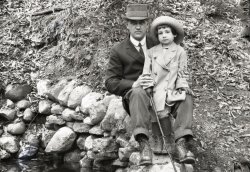
MAY CONTAIN NUTS

Search Shorpy
SHORPY ART

Framed or unframed, desk size to sofa size, printed by us in Arizona and Alabama since 2007. Explore now.
Join and Share
Ad-Free Shorpy
Shorpy is funded by you. Patreon contributors get an ad-free experience.
Learn more.

Recent comments
- Famous Hollywood faces
- Not just S&P
- re: Those things in the jar
- Up In Smoke
- Medical Smoking
- Quick fix
- A Quink Comment
- If You’re Like Me, Never
- Delivering the News
- U.S.A.
- S&P
- 1940 Zenith radio model 6G601
- Quality goes in before the name goes on!
- Snazzy skirt
- Carbon Arc Lamps
- Illuminate us
- I remember it well
- I can't prove it
- Complicated then, forgotten now
- Bryan-Stevenson
- Skinny is as skinny does
- How do you rest in peace
- Riding the footboards
- Alas, hidden from view
- Baldwin Diesels
- Exclusive pump
- Bananas, Oysters and Smokey Joe
- Details, Details
- What's that building to the left of the tower?
- Coal Barges
Member Photos
The Shorpy
Print Emporium
Print Emporium
Search Shorpy
Search results -- 30 results per page
- Prairie Pitcher: 1936
- ... do I miss those prairie skies.
Puff, Puff. The pipe is actually used as a sight, for greater accuracy.
(The Gallery, ... Posted by Dave - 03/22/2013 - 3:37pm -
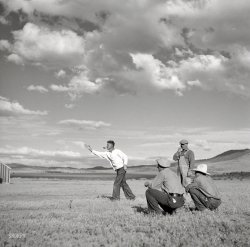
- Glass Menagerie: 1909
- ... The cool dude with the cocked cap and the young man with a pipe and artful smile make this picture charming. Why, I wonder, are three in ... Posted by Dave - 10/18/2012 - 9:58am -
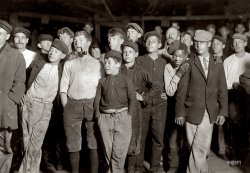
- Congress Street: 1909
- ... venue of the PSO, and which houses the famous Kotzschmar pipe organ.
Still in session. Remarkably unchanged!
(The ... Posted by Dave - 08/26/2015 - 11:57am -
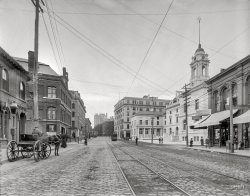
- Name That Ship!
- ... Argentina is just south of her.
By 1958 I was a pipe welder working on the Eagle Tankers and the destroyers. After suffering ... Posted by Jim Page - 09/21/2012 - 9:35pm -

- The Tall Tower
- ... converted to a hydroelectric facility and a large wooden pipe ran from a dam to a generator downstream. The original wood has since ... Posted by 3dfoto - 11/04/2016 - 6:00pm -
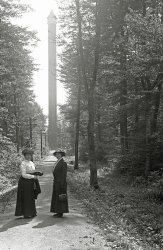
- His Own Devices: 1900
- ... a coupling to which is attached a rubber or other flexible pipe or hose.”
McCurdy sold or assigned this and his other patents to the ... Posted by Dave - 06/24/2017 - 1:24pm -
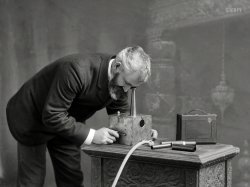
- Resting Comfortably: 1918
- ... buttons, 16 pins, four safety pins, one handkerchief, one pipe, one pencil, one pad paper, six envelopes.
I was slightly surprised at ... Posted by Dave - 03/27/2017 - 7:59pm -
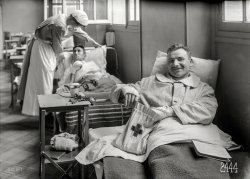
- Fronta Italie
- ... unit? The machine gun mount looks odd, as if it is just a pipe on a stand, instead of a tripod. Is it an aircraft machine gun adapted for ... Posted by Toyofield - 03/04/2008 - 10:48pm -
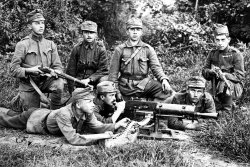
- Christmas Bubbles: c. 1960
- ... There's also a photo taken the next summer with the bubble pipe. I'll post it as well. View full size.
Decoration downside By ... Posted by Mudhooks - 12/19/2011 - 10:05am -
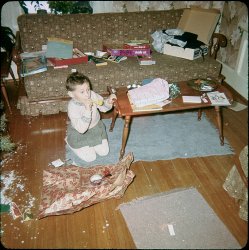
- Your Next Car: 1921
- ... family. Here, In San Diego, we have the Spreckels outdoor pipe organ (the largest in the world) in Balboa Park. They give free concerts ... Posted by Dave - 05/01/2018 - 12:42am -
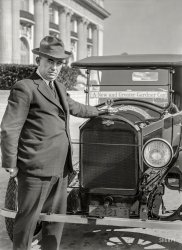
- Smoking Bull: 1905
- ... as soon as this creepy image was made, someone lit the pipe and sent this poor taxidermied dog up in dignified smoke.
[It's a ... Posted by Dave - 06/09/2018 - 5:34pm -
![Smoking Bull: 1905 Circa 1905. "An old sea dog." All that salt water can be hard on the hands! 8x10 inch dry plate glass negative, Detroit Publishing Company. View full size.
Got a light?Hopefully, as soon as this creepy image was made, someone lit the pipe and sent this poor taxidermied dog up in dignified smoke.
[It's a living dog. - tterrace]
(The Gallery, Bizarre, Dogs, DPC)](https://www.shorpy.com/files/images/SHORPY_4a12902a.thumbnail.jpg)
- Upward Bound: 1942
- ... 1942. "Columbia Steel Company at Geneva, Utah. Rigging a pipe-setting derrick for a new mill under construction which will make ... the tower will be used to lift concrete rather than set pipe. On the lower left of the tower is a chute commonly used on concrete ... Posted by Dave - 03/07/2014 - 3:03pm -
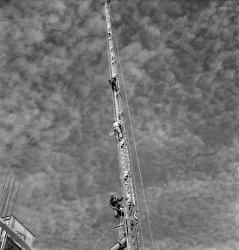
- Indian Summer: 1941
- ... size.
Threshing He is standing under the straw pipe of a stationary threshing machine. The straw looks like wheat, but could ... Posted by Dave - 04/22/2014 - 7:58pm -
![Indian Summer: 1941 Fall 1941. Jackson, Michigan. "Soldier granted a furlough to help with harvesting on this farm, watching threshing." Photo by Arthur Siegel. View full size.
ThreshingHe is standing under the straw pipe of a stationary threshing machine. The straw looks like wheat, but could be barley. In 1941, combines were fairly common, but rigs like this were still in use. A tractor pulled a binder, which cut the grain and tied in into bundles. The bundles were sometimes piled into shocks to dry, or were immediately thrown into a header barge (a wagon lower on one side than the other) and taken to the thresher. That machine normally ran off a tractor pulley by a long flat belt. The bundles were thrown into the thresher, which separated the grain from the chaff/straw. The latter was blown out the rear into a large pile like this one. The whole process was very labor-intensive, as all the transport of the bundles was done by men with pitchforks. The demand for men of WWII ended the practice of harvesting grain this way, as there were not enough men to do it on a massive scale.
[Below, the Goodson thresher. Click to enlarge. - Dave]
(The Gallery, Agriculture, Arthur Siegel)](https://www.shorpy.com/files/images/SHORPY_8d25191u.thumbnail.jpg)
- Packard Parts: 1950
- ... plates. On the racks in the center arch there are exhaust pipe sections, and what could be pieces of bright trim or rocker panel ... Posted by Dave - 04/29/2018 - 3:06pm -
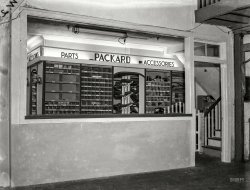
- Workmen at the Family Sawmill
- ... not resemble any kind of sawmill configuration. Note the pipe in the background and the wooden superstructure. This is likely an oil ... Posted by Championhilz - 05/18/2010 - 12:22pm -
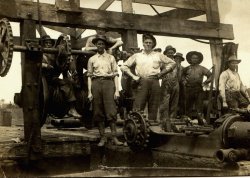
- Legal Weed: 1906
- ... "A tobacco market, Louisville, Kentucky." Put that in your pipe and smoke it. 8x10 inch glass negative, Detroit Publishing Company. View ... Posted by Dave - 06/26/2018 - 12:16pm -
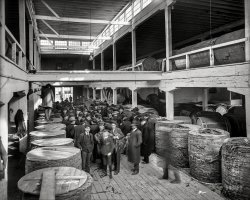
- The Sheriff and his Deputy
- ... like nothing would scare him as long as he clung to his pipe.
Ray B.
(ShorpyBlog, Member Gallery) ... Posted by D_Chadwick - 09/20/2011 - 11:50pm -
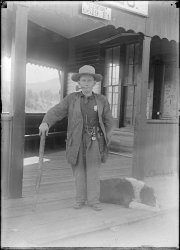
- Mardi Gras: 1961
- ... been a very cold winter that season, as the exposed water pipe is not wrapped! If we had a forecast of a "hard" freeze (mid 20's or ... Posted by HarahanTim - 02/12/2013 - 9:33pm -
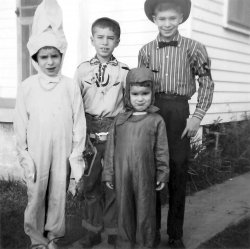
- The Sophisticate: c. 1951
- ... in the family living room in Troy, NY. Dad's smoking a pipe (probably my grandfather's) and is wearing an ascot, a robe, striped silk ... Posted by hillie_bolliday - 01/12/2010 - 8:12am -
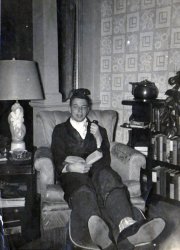
- Great Grandmother
- Amanda Farrow Bruce 1930. Hard to see her clay pipe, but tobacco pouch is visible in her lap.
(ShorpyBlog, Member Gallery) ... Posted by rbruce - 03/08/2008 - 10:32am -
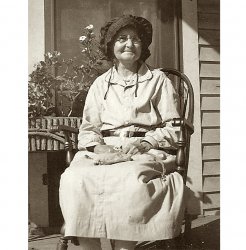
- Larger Than Life (Colorized):1939
- ... not late 1930s and my Father would have a cigarette, not a pipe.
(Colorized Photos) ... Posted by Don Cawrse - 07/10/2018 - 6:57am -
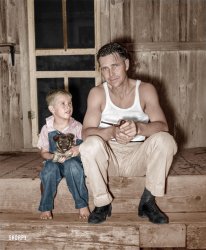
- Slippery Slope: 1912
- ... attraction. The water was diverted through a pipe to a turbine a mile or so below to generate electricity, and it remains in ... Posted by 3dfoto - 10/24/2016 - 2:08pm -
